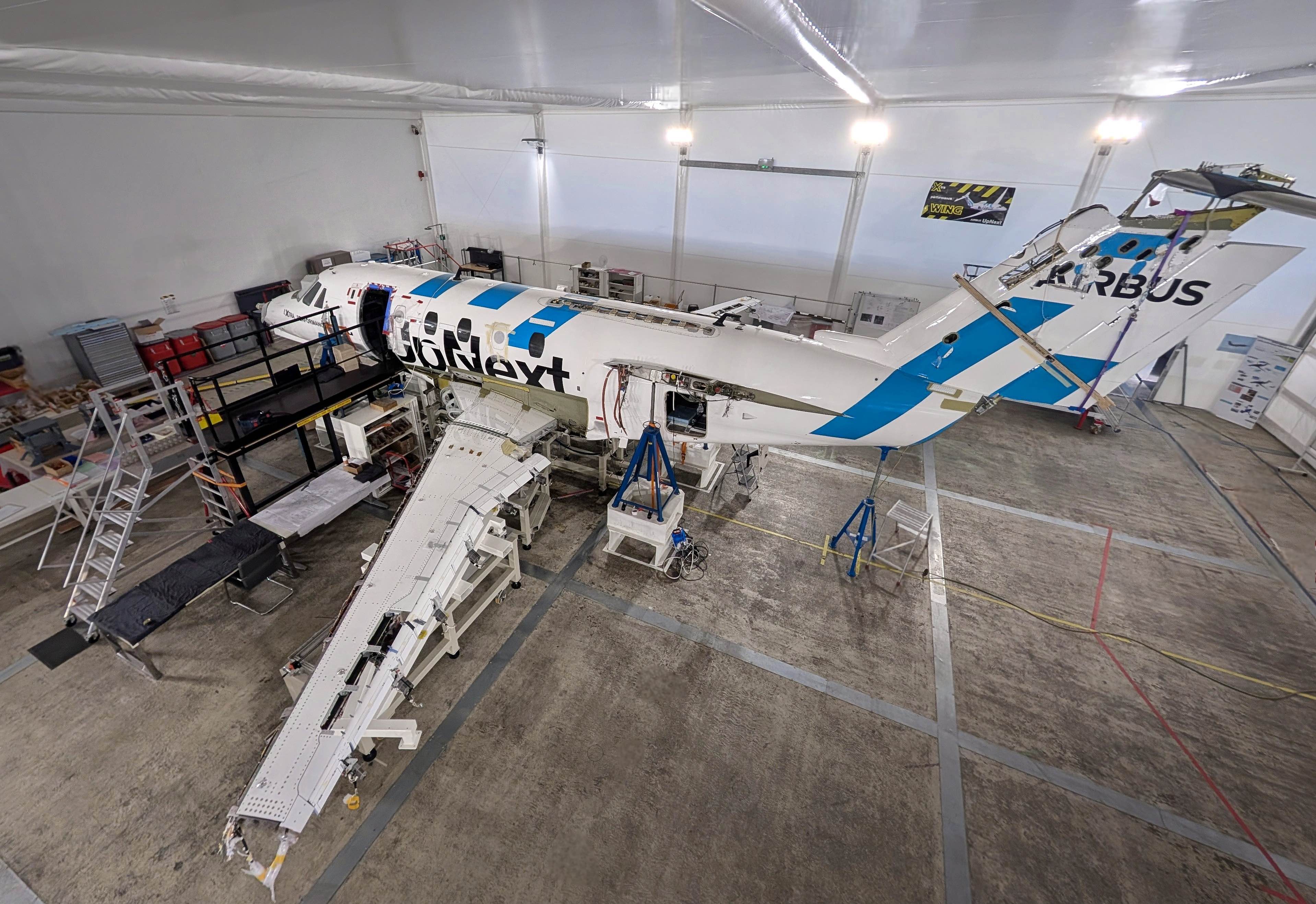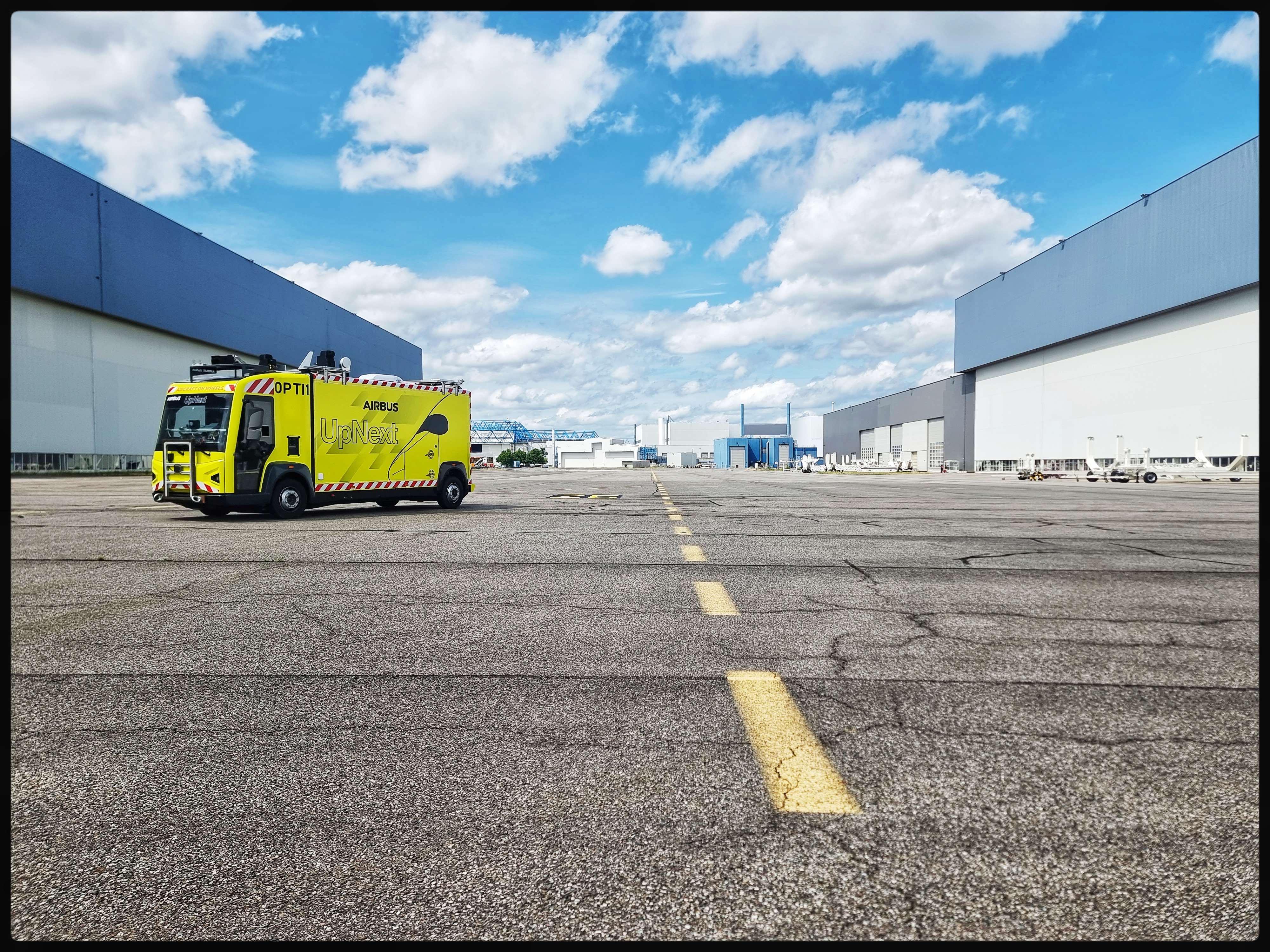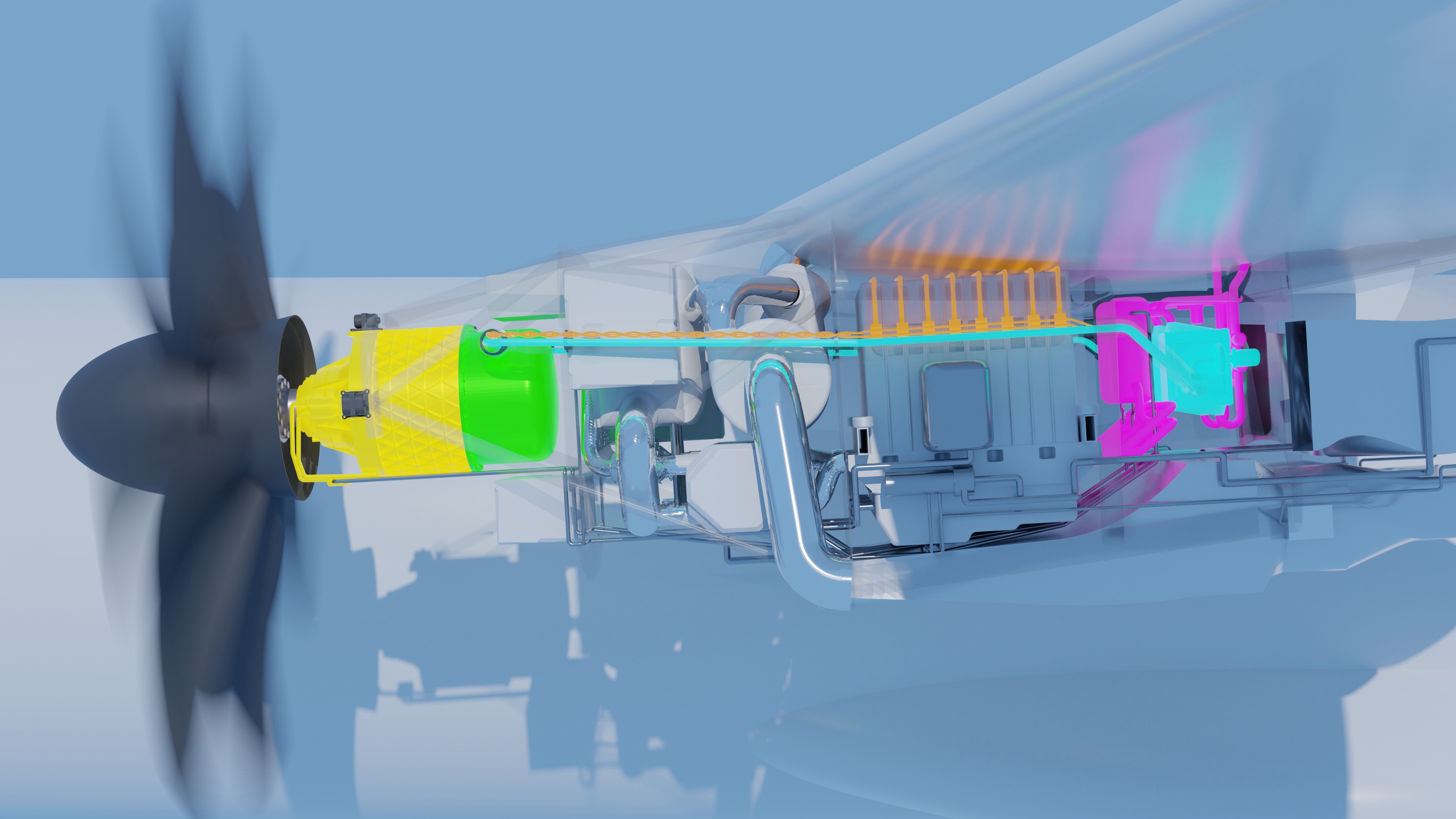

Innovations
Pioneering the Future: Airbus UpNext's Innovations
When it comes to innovation, Airbus is up for the challenge. Airbus UpNext is testing disruptive technologies and helping shape the future of the aerospace industry. Operating with an agile approach, this Airbus subsidiary acts as a technology incubator, transforming innovative concepts into demonstrators. This enables Airbus to quickly develop and explore new ideas, addressing key industry challenges such as decarbonisation and operational efficiency. The work of Airbus UpNext's spans various domains, including energy transition, autonomous systems, and future aircraft design.
These are some of the demonstrators being developed by Airbus UpNext:
● The eXtra Performance Wing is a wing demonstrator inspired by nature. It seeks to develop a wing that can change its shape and form during flight to maximise its aerodynamic efficiency. If this concept is successful and adopted for new aircraft, it could significantly reduce fuel consumption.
To perform this demonstration, Airbus UpNext replaced the wings of a Cessna Citation VII aircraft with newly designed wings. Ground tests have begun and its first flight is expected mid-2026. The new wing design incorporates innovative active control technologies as well as physical changes to its structure. Turbulence is registered by gust sensors on the front of the aircraft, triggering relevant adjustments to the wing’s control surfaces.
The eXtra Performance Wing demonstrator is a key component of Airbus's extensive research portfolio, complementing initiatives like the Wing of Tomorrow project. It represents a significant stride towards developing more efficient aircraft for the future.
● The Optimate demonstrator focuses on enhancing onboard pilot assistance and automatic taxiing. It's designed to function as an "extra set of eyes and ears" for pilots, it uses advanced automation and sensing technologies to reduce workload and increase safety in an increasingly congested airport environment.
The demonstrator uses a unique ground test bench: an electric truck equipped with an A350 cockpit. This "aircraft on wheels" is outfitted with a suite of sensors, including geo-locating sensors, 4D radar, and LiDAR, which work together to create a virtual assistant for safe, automatic taxiing.
Optimate's objectives include:
○ Automatic taxiing: Developing a system for highly accurate position calculation to enable automatic ground movement.
○ Pilot assistance: Investigating the use of a virtual flight assistant to support pilots' strategic decisions and air traffic control communication.
○ Increased safety: Implementing automated trajectory protection to prevent runway incursions and other ground-based incidents.
The Cryoprop demonstrator is crucial for the pursuit of a hydrogen-powered aircraft. Its purpose is to accelerate the development of superconducting technologies for electric propulsion systems. Superconductivity is a phenomenon where certain materials, when cooled to extremely low temperatures, can transmit electricity with little resistance.
Cryoprop will explore the potential of superconducting technologies for future aircraft applications, assessing all aspects related to safety, industrialisation, maintenance and operations. This demonstrator will support Airbus to develop high-level, in-house expertise and foster a new ecosystem to accelerate new product introduction in areas such as superconducting cables, motors, cryogenic power electronics and cryogenic cooling systems.
For more information contact:
Fannie Ragueneau
Head of Communications at Airbus UpNext
fannie.ragueneau@airbus.com


